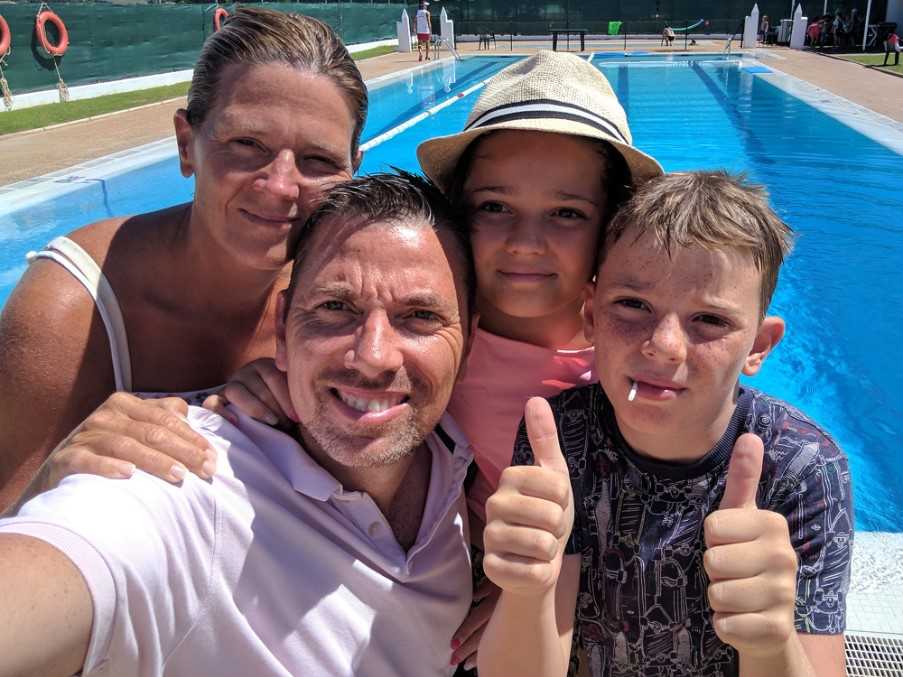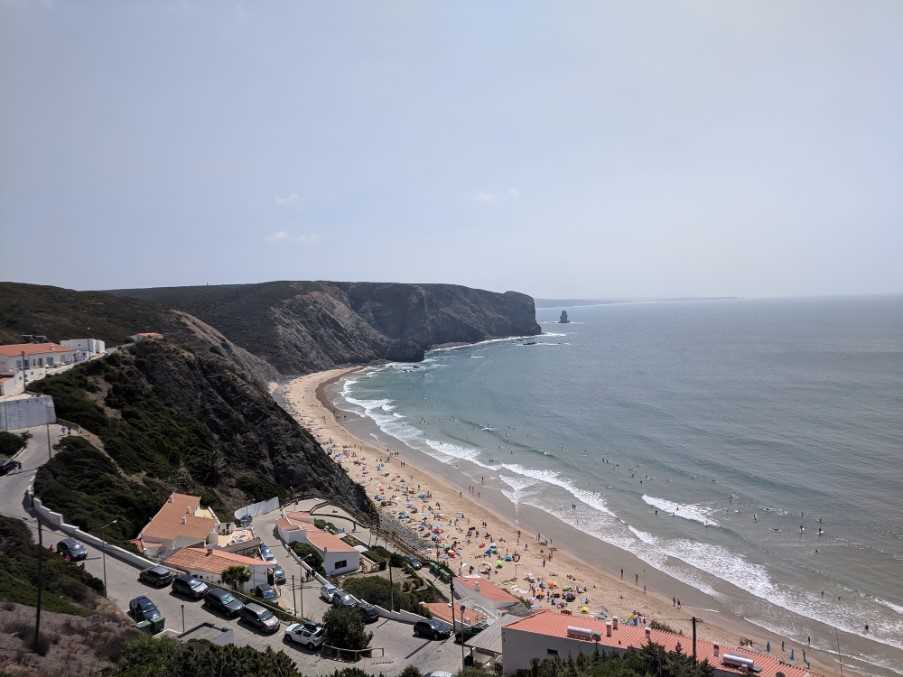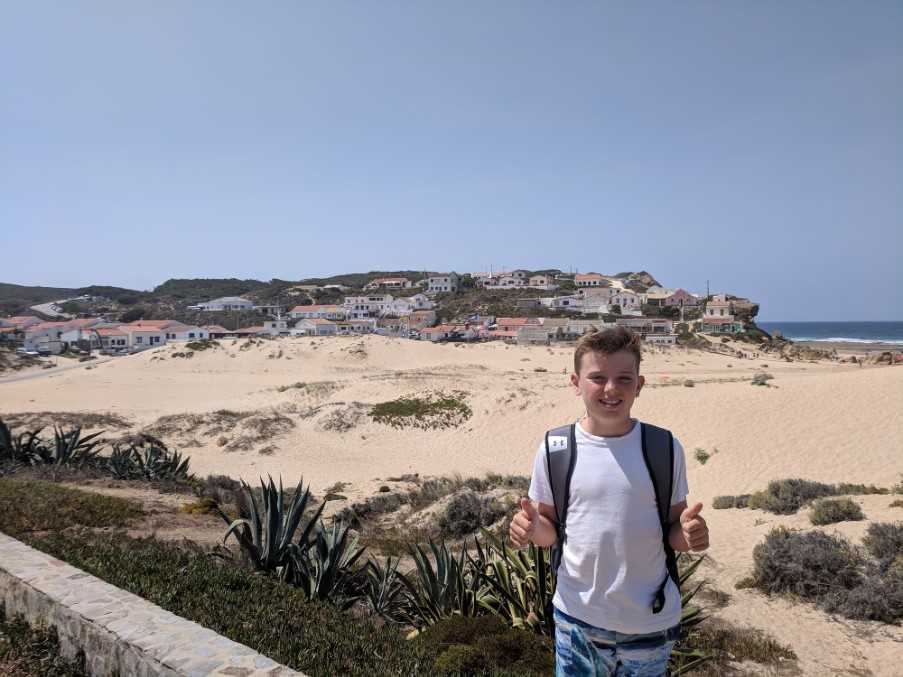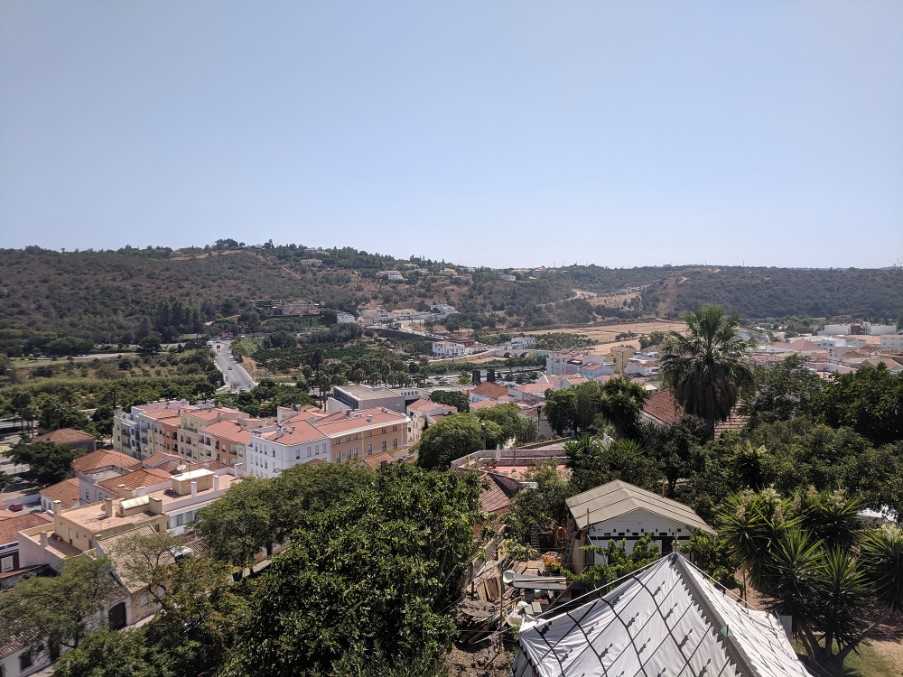I am a real Lisbon coast aficionado - it was my spiritual home for almost 4 years. I love that it offers a great mix of city and beach life only a short scenic train ride apart. However, last year my wife and two children (aged 11 and 14 at the time) were keen to see a different part of Portugal where they have larger sandy beaches and the opportunity to bodyboard (surf) so somewhat begrudgingly I agreed to a family holiday in the Algarve. Prior to our trip I felt that the magic of the region had been lost over the years to over development and mass tourism. However, I discovered a different Algarve and some real surprises and hidden gems.
The road network and signage in the Algarve are excellent and public transport is relatively limited so I would recommend hiring a car. The toll A22 road was largely empty and worth paying the car-hire company the extra for the toll device (fees are charged to your credit card at the end depending on your usage which are modest).
We based ourselves in Lagos which is warm year-round, with hot summers and mild winters. It does have a strong influx of tourists during the summer months but it is an attractive and interesting town to wander around and it is connected by a footbridge and water taxi service (vai and vem) to the marina (good place for convenient and free parking). I recommend taking a boat trip from the marina on a catamaran along the coast (Discover tours) which includes the caves at Ponta da Piedade.
By night Lagos is lively, with plenty of good restaurants and bars. The nearby beach of Meia Praia (2 miles in length) offers an extensive range of watersports and a lovely coastal walk (boardwalks to restaurants which line the beach). Don't miss the pro putting course (just outside the town centre) which is great fun but go early evening to avoid the crowds and intense heat ! I would suggest that you make use of the numerous underground car-parks in Lagos to keep your car cool during the day.
If you want to avoid the busy towns and beaches it is possible to reach lovely villages and unspoilt beaches within a 45 minute scenic drive (from Lagos). Aljezur is a small and charming market town of whitewashed houses and cobbled streets. Ideal for a drink to watch the sunset after a fun day at the beach. Aljezur is close to a number of spectacular beaches including Monte Clerigo, Arrifana and Carrapateira. These beaches tend to be less crowded than beaches close to Lagos such as Camilo. Our favourite was Arrifana and there is a great outdoor bar in the village just above the beach.
We hired body boards on all of the beaches but they require a passport or any ID document. Please note if you venture out far from the shore the currents are very strong. It is best to park in the village above or at the top of the steep road leading down to the beaches. Also a good tip is to take your own coolbox with food and drinks and a sun umbrella as facilities are limited. Sometimes there is a sea mist on these beaches which can move in very quickly. Not all the beaches are manned by lifeguards - you can only enter the water if there is a green flag displayed.
We also really enjoyed the towns of Ferragudo and Silves which have retained their original charm and are quieter and good value. Ferragudo is a fishing village which is a maze of cottages which tumble down towards the river. We enjoyed having a drink in the peaceful main square next to locals who were playing cards and dominoes. The restaurants here are superb - try the Sardinhas Assadas (sardines with boiled potatoes and salad) or Amêijoas na Cataplana (cockles). Silves was once the grandiose capital of the Moorish province of al-Gharb. It is dominated by the sandstone ramparts of its well-preserved castle. There are some charming simple restaurants in the shade just outside the castle walls. It overlooks a fertile valley of lemon and orange groves, cork and almond trees. It is my favourite place in the region.
Travel east to the riverside town of Tavira which has a timeless atmosphere and dignified charm. The town is best known for its abundance of churches - nearly 40 in all. I recommend climbing the hill to the Moorish castle for splendid rooftop views. Take the regular ferry to the attractive sand-dune island of Ilha de Tavira.
Faro the capital of the Algarve has a lovely historic quarter which overlooks the marina and the Ria Formosa. Set within a circle of medieval walls, the whole vicinity is a veritable time capsule reflecting Faro’s brief golden age in the 16th century. The Parque Natural da Ria Formosa is a wetland sanctuary for a wealth of bird and animal life. It is an extensive lagoon that follows 37 miles of coastline between Manta Rota and Vale do Lobo.
Travelling the Algarve’s hinterland is to journey through a landscape embroidered with history and hidden jewels. The region’s western Atlantic coast and rugged interior are a real delight. The Portuguese are easy-going and welcoming hosts. They go out of their way to help. We returned with wonderful memories and it was one of our best ever family holidays.





